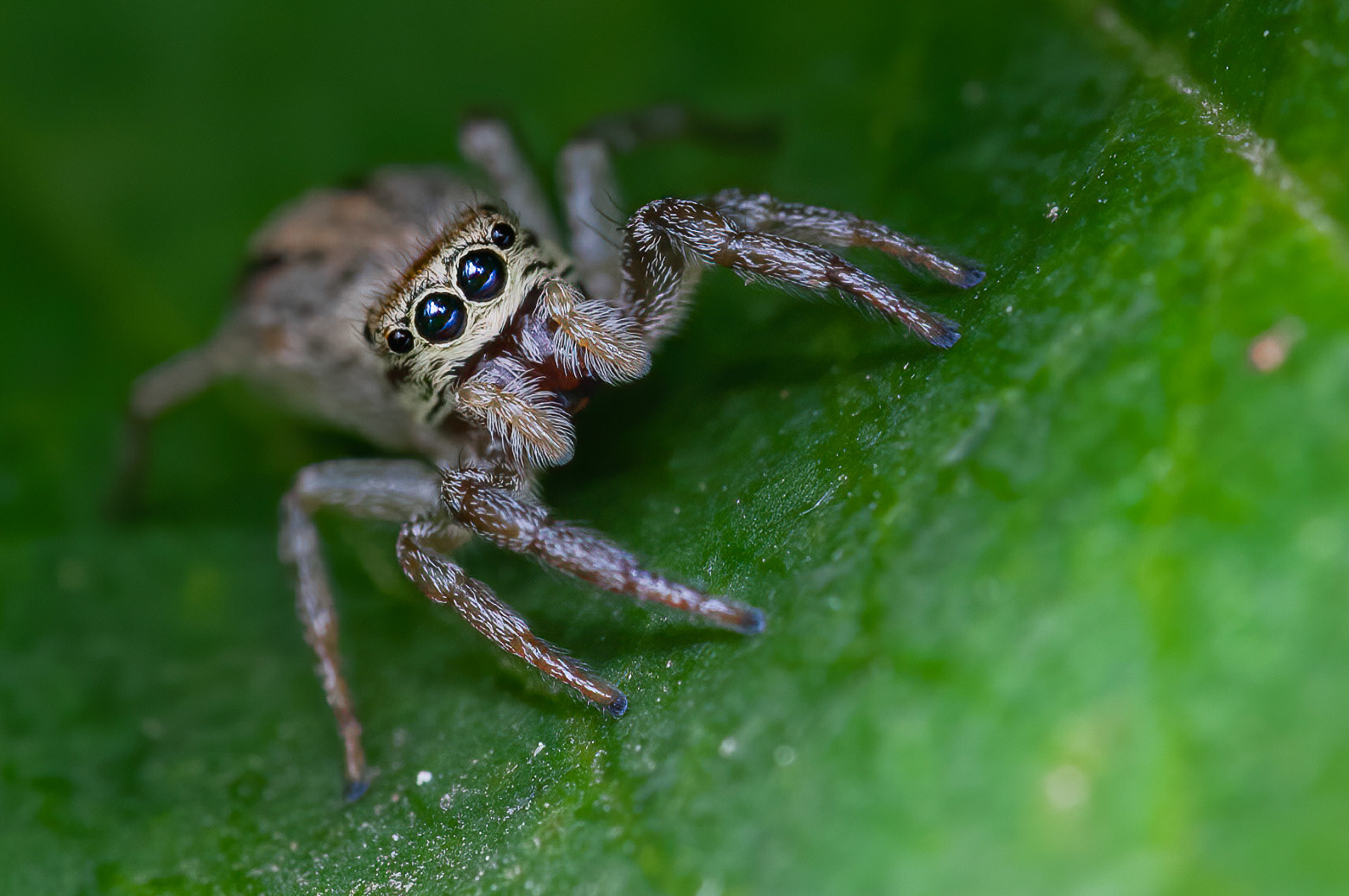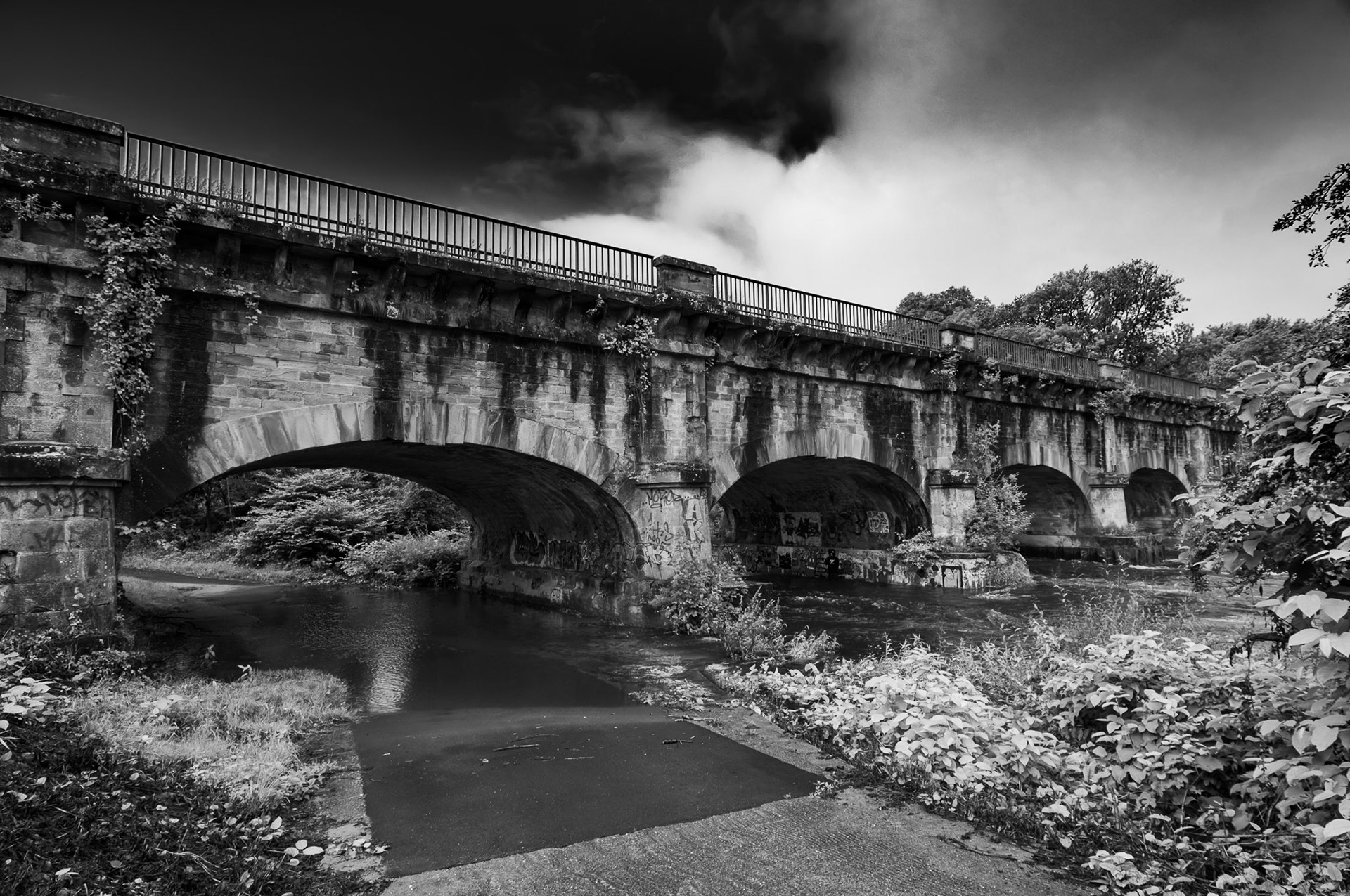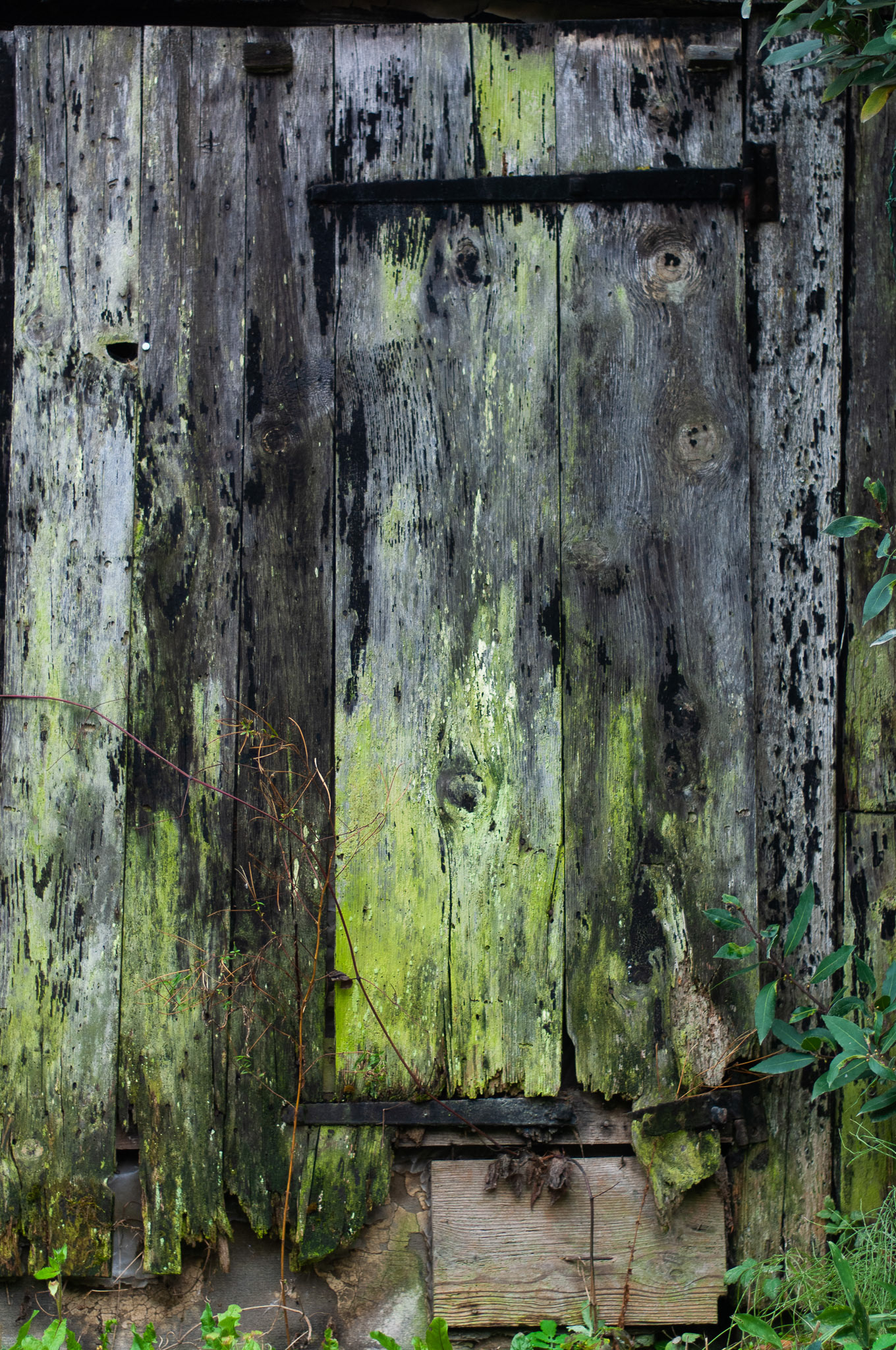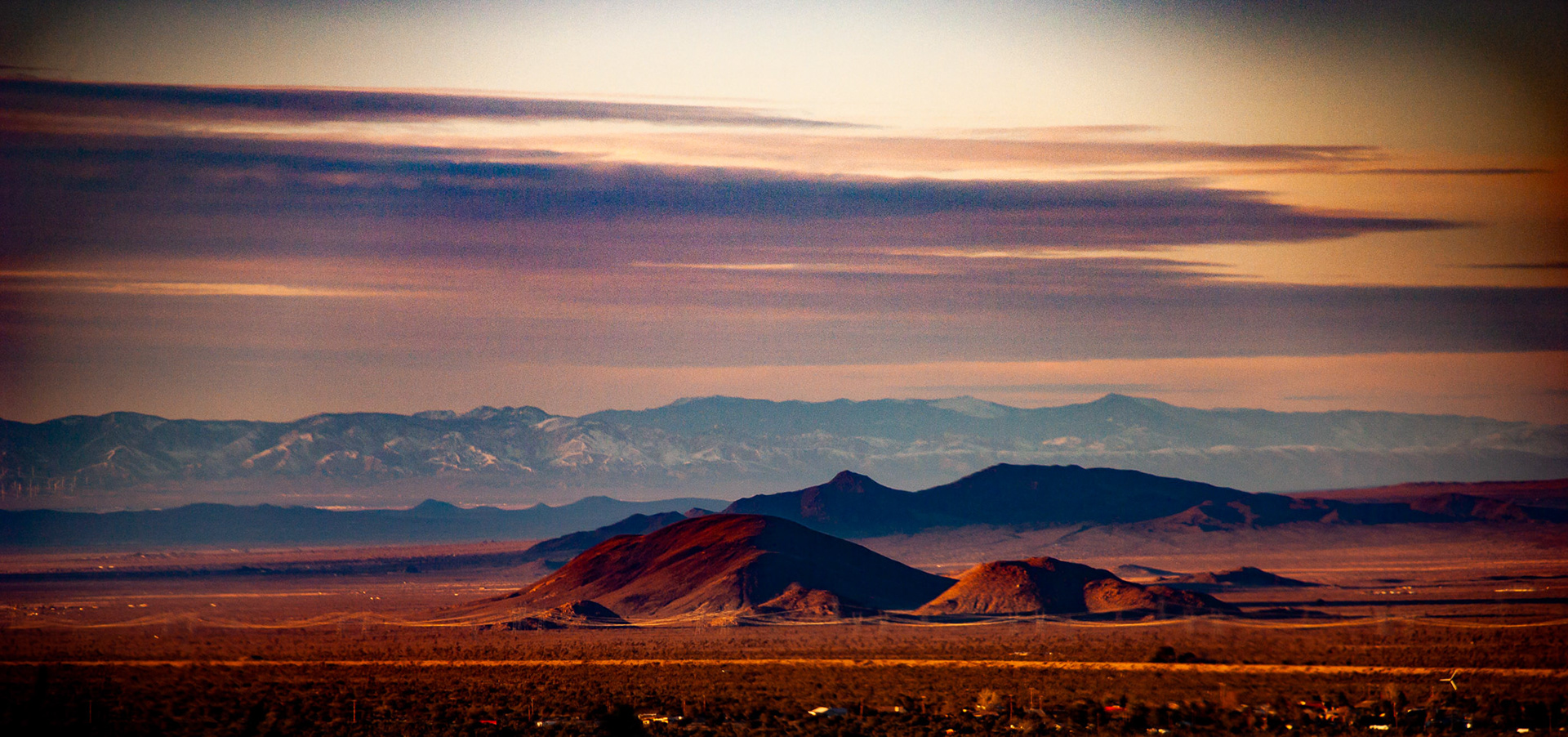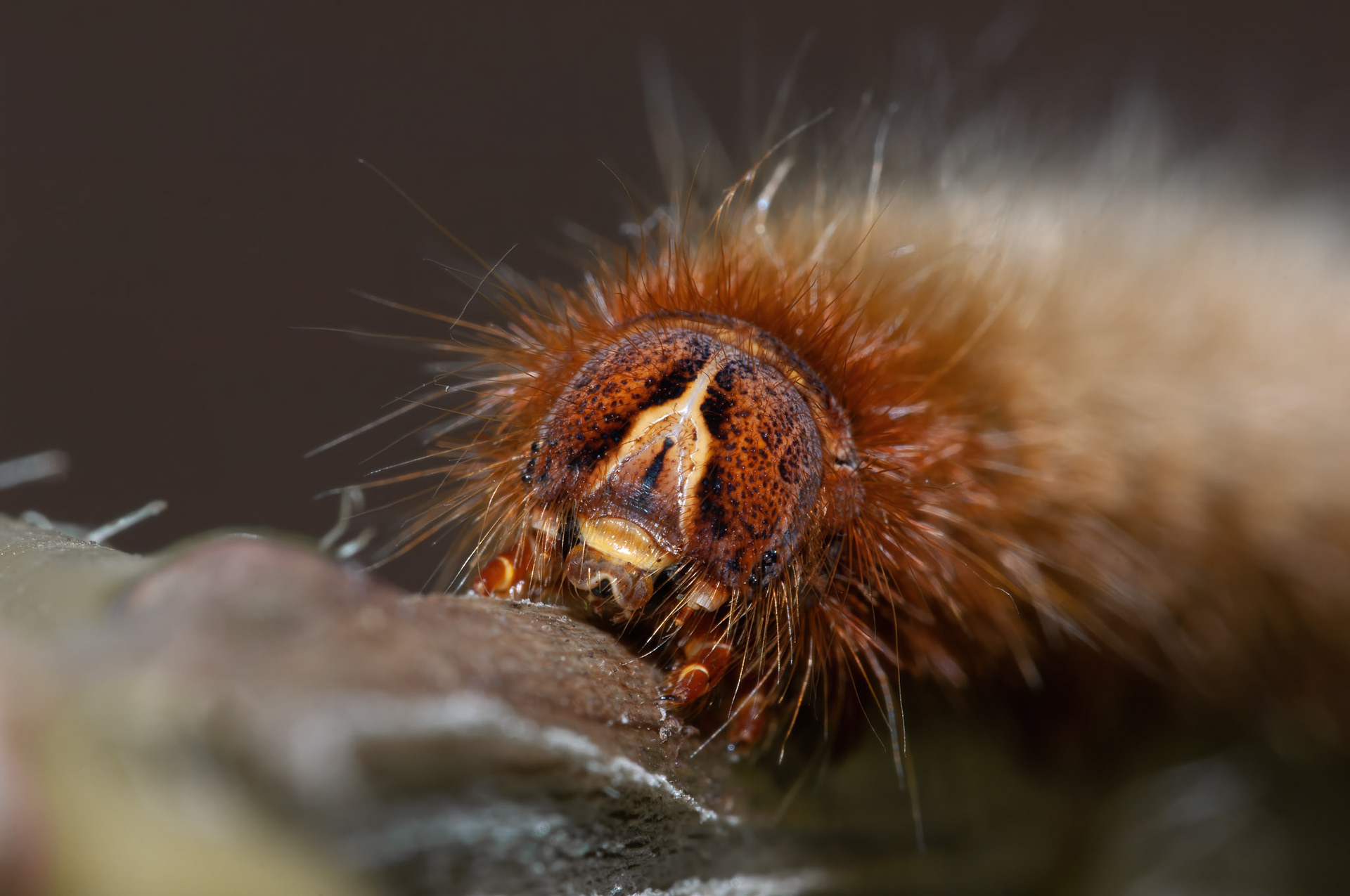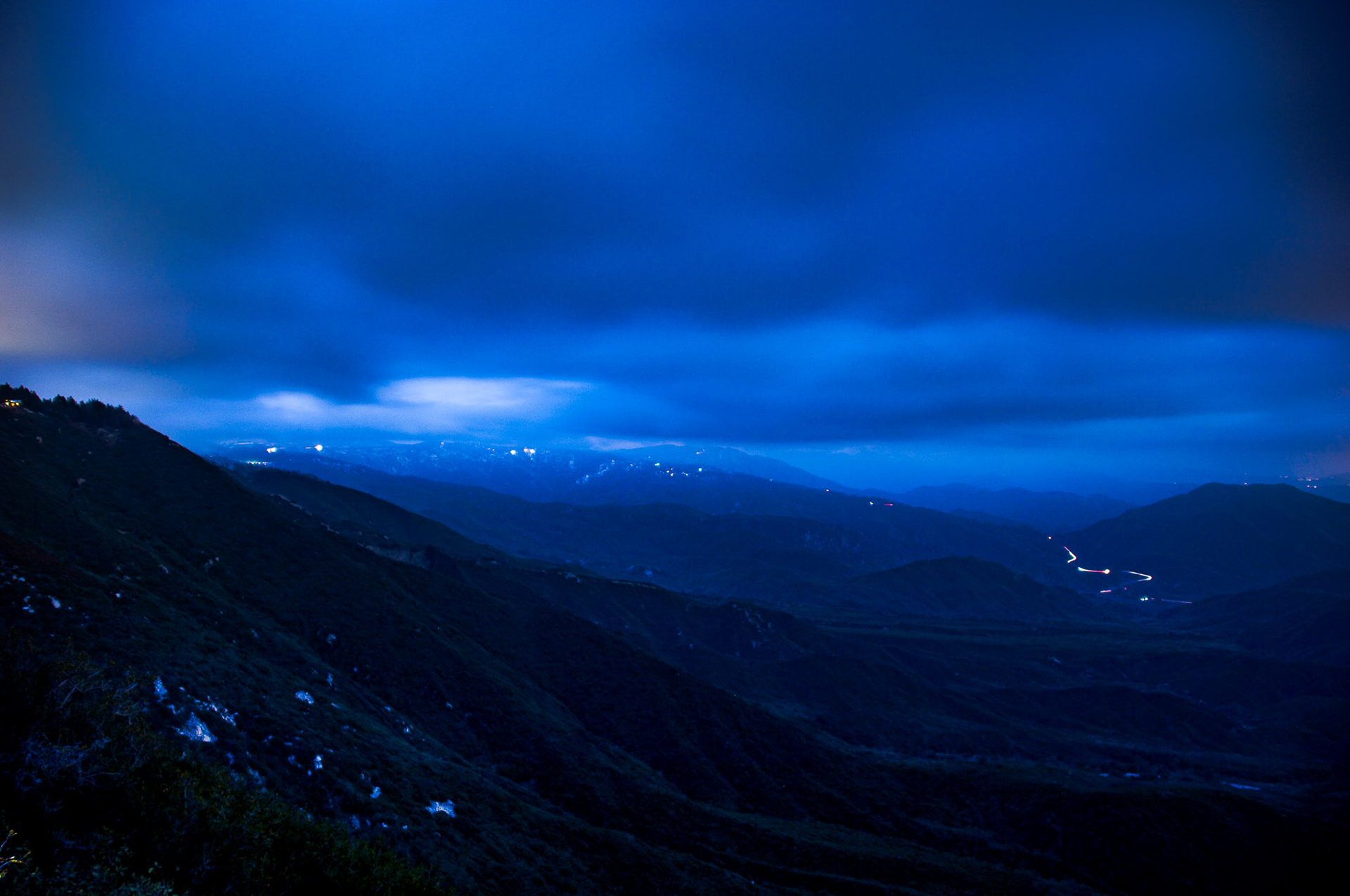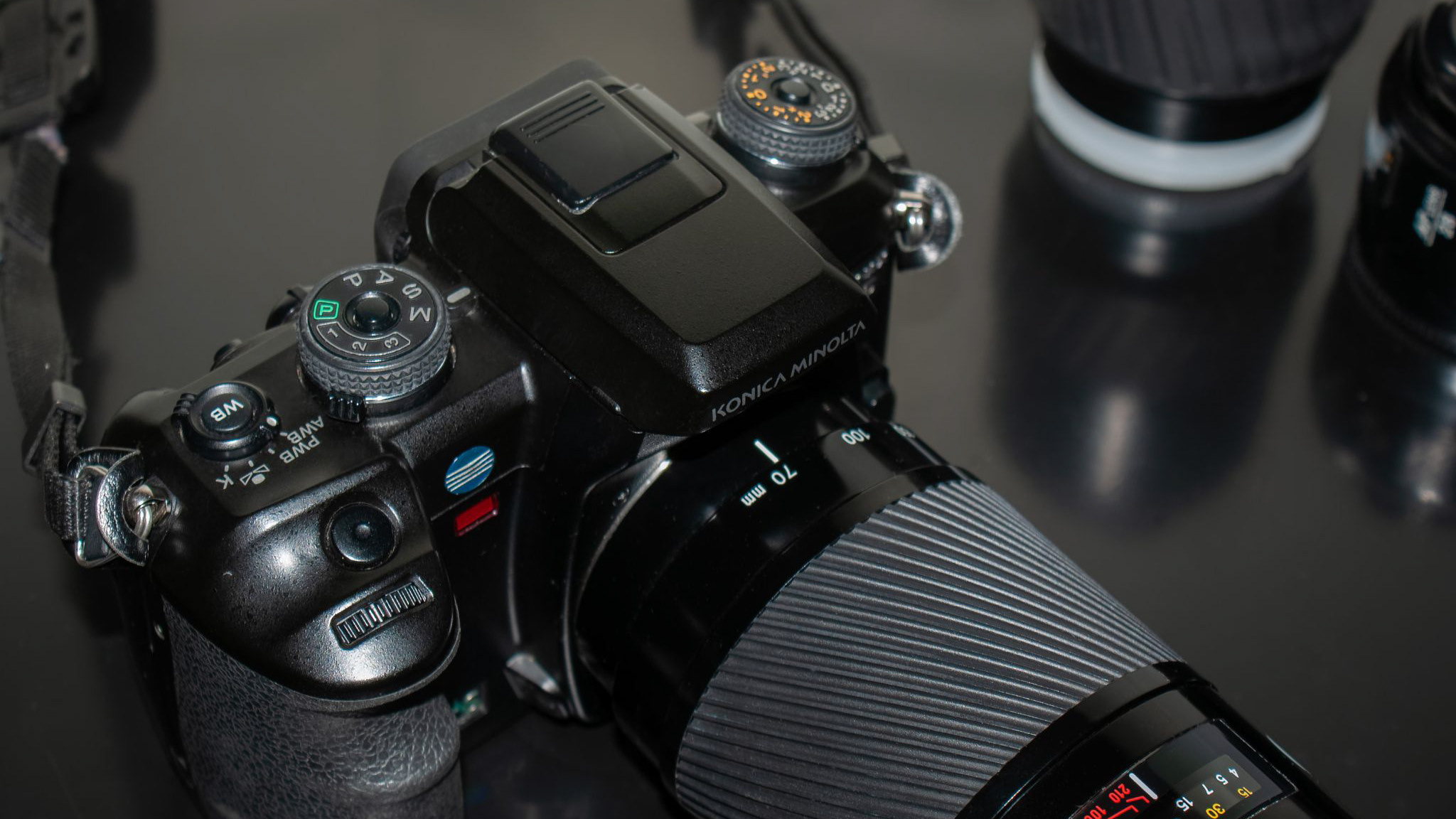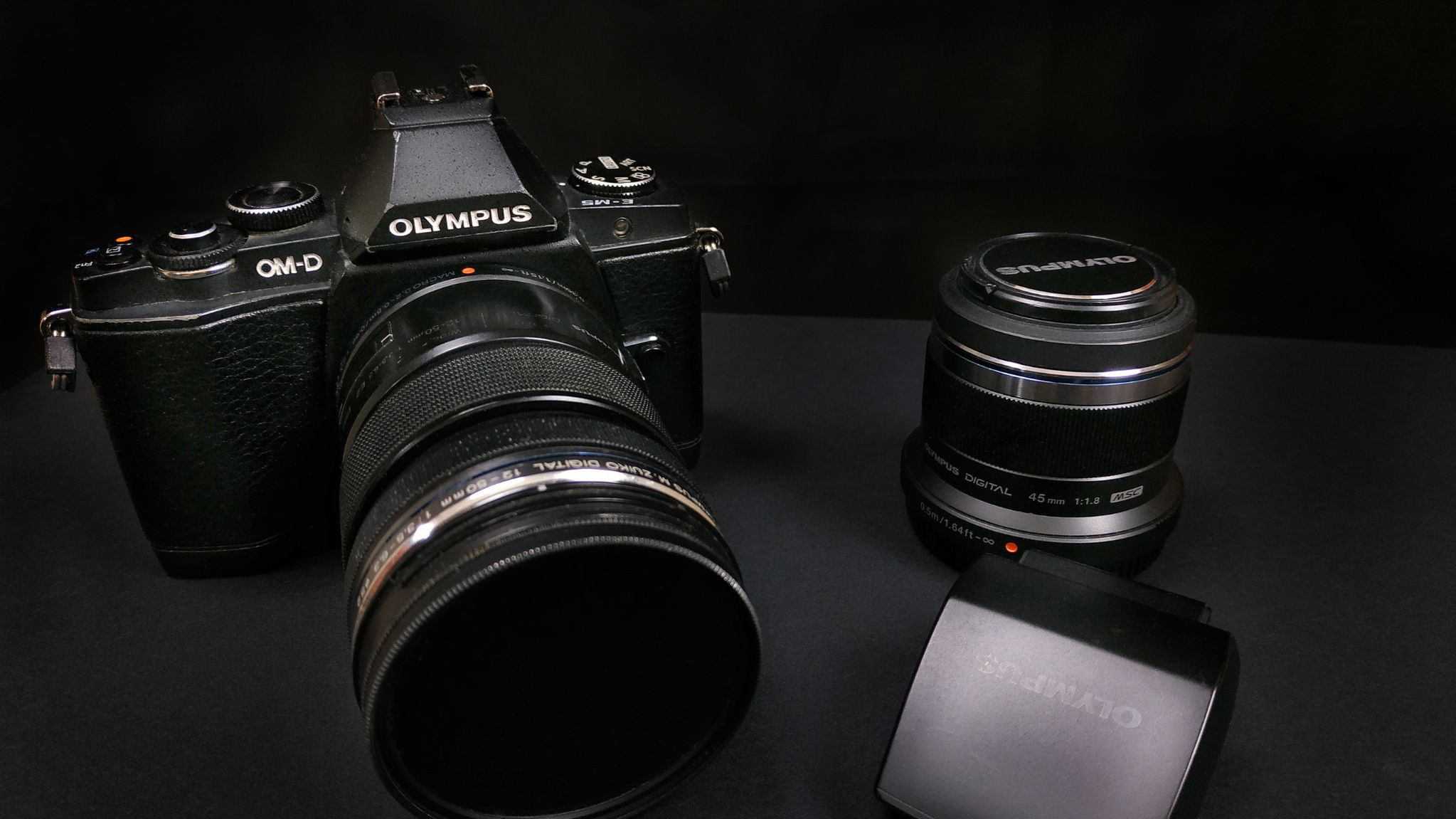Because of the D200 that was announced when the D2X was available in stores, I waited and bought the D200 instead of the D2X, but next summer, in 2006, the D2Xs was there, the D2X was hard to find, and GAS was too strong.
At the time, the D2Xs (and D2X) were quite revolutionary. It turns out most of the D2Xs improvements over the D2X were made available to the D2X with a simple firmware upgrade. Therefore, both cameras are now basically the same. The automatic viewfinder masking in high-speed crop mode and the slightly better LCD (doesn't mean it's good) are the main differences. Even If I'll refer here to the D2Xs, it applies to the D2X as well.
So, what is it like shooting this professional dinosaur in the era of 50MP-high-dynamic-range-low-noise-gazillion-axis-stabilized-fast-AF-with-insane-count-of-AF-sensors-cameras?
First thing to consider is price. I checked on MPB: you can buy one in really good condition and 50K clics for less than $250 at the time of writing, but they can be hard to find. For $250 you get a hell of a camera, with a few caveats that weren't really relevant in 2006, and still aren't today in my opinion in this price range.
Like all the single digit Nikon, it's built like a tank, weather sealed, and the ergonomics are perfect. One button is one function, and you can program a few of them. It's a rugged shooting machine. I used to call it my heavy machine gun camera. It actually sounds like one when I shoot 8FPS in crop mode. The caveat here is weight. Mine weighs 2.8lbs with the battery, add a 600mm f/5.6 AI-s and you're carrying almost 10lbs of glass and magnesium. A cheaper and more modern option like the tamron 150-600 will still weigh 7lbs.
The viewfinder is nothing but superb. I still think it's one of the biggest and brightest APSC viewfinder, with a LOT of information, including if you're shooting in black and white, image quality (helpful if you switched to JPEG and forgot to set it back to RAW), and even white balance.
It has the voice memo option, and that is an option I almost can't live without: it is just so practical. The audio notes are available in lightroom in the metadata panel-> exifs-> audio file.
It's an APSC camera with "only" 12MP, which is enough for 20x30 prints and even bigger. The caveat here is frame rate: 5fps was just good at the time. BUT you had the fast crop mode, turning the camera into a 7MP 2X crop mode capable of 8FPS. The caveat here being obviously the 7MP crop, but at the same time, it was perfect for shooting distant small subjects fast action. And those 7MP still allowed 11x14 prints. Of course, if you only post your photos on social media, the pixel count or ISO are quite irrelevant since your photos will be downsized to less than 2MP, which will get rid of any noise, focus errors, and allow some crazy cropping if you want to.
What is more important in my opinion is responsiveness and overall speed. Even by today's standard, the D2Xs is fast. No startup delay, shutter delay is nonexistent, AF is fast, operations are fast, changing settings is fast, thanks to the dedicated buttons and dials, knowing what's going on with the camera settings is fast, thanks to the 2 small LCD screens telling you all you need to know. Once you've set up a few options like RAW in the menu, you'll likely never have to go there again.
Talking of the AF, it works well even in low contrast situations, and is indeed fast, but you have only 11 AF sensors (or 9 in high speed crop mode), therefore you can quite forget about real time AF tracking, and focus and recompose is the way to go when shooting static subjects. Unlike later models, where it could have been really useful, the D2Xs offers group tracking: 5 sensors are combined in a lozenge shape and used to AF. It's like having a bigger sensor and works well on birds in flight. Much better than the dynamic area AF AKA "AF tracking".
It's worth noting there is no fine AF tuning option. That never really was an issue for me.
The image quality is good. The strong CFA might take away some low light performance (low light performance is not great anyway, and wasn't great at the time), but the color rendering is just great, especially at 100ISO. With a 50mm f/1.8 or f/1.4 you have a perfect portrait camera, with one of the best skin tones rendering ever.
Dynamic range is 11Evs at 100ISO but goes down to only 8 at 800ISO and a miserable 6Evs at the maximum 3200ISO. The D2Xs is definitely not a low light camera. Not because of noise, which is not a real issue anymore with the latest DXO deep prime denoising engine and Topaz Denoise AI, but because of the very limited dynamic range and the very low max ISO. That is not an issue in itself because the best quality prints have a DR of 8Evs, but you have to be more conscious of your exposure settings. On top of that, the D2Xs has a very bad tendency to burn highlights. Most of the time I shoot at -0.7Evs, and when I shoot a white bird I go up to -2Evs to make sure I keep details in the feathers.
Recovering the shadows is no big deal, and the noise emerging from these pushed shadows is well managed with deep prime and topaz denoise. But still, 8EVs of DR at 800ISO requires the photographer to know what he is doing. You won't fix it in post.
There was an internet war when the D300 came out: this camera (which by the way never convinced me) was supposed to offer better DR and ISO noise. Turns out, when the D2Xs says you're shooting at 200ISO, you're really shooting at 200ISO, same with all the ISO settings. The D300/D300s doesn't. There is almost a 1 fstop difference in ISo displayed. Shooting f/1.8 1/200s 800ISO on the D2XS results in the same EV as shooting f/1.8 1/125 800ISO on the D300/D300s. Therefore, the D#)) supposed ISO noise improvement is not that great, and the DR improvement is barely 1Ev. Of course, the D300 AF is better, slightly faster and has more AF sensors. But at the time that wasn't enough to convince me when I already got the D3.
Today, you can buy the D300s for $250 or less in good condition with low clics. Image quality is quite similar, AF is better, frame rate without grip and the batteries/charger from the D2Xs is 7FPS @12MP or 8FPS with that grip; it has liveview if you care about that and can shoot some crappy 720p videos. On paper it sounds like a better choice, but I really never liked it. Still don't. When the image quality is so close for the same price, I value the shooting experience.
Shooting RAW, I don't really care about the jpeg engine, but the D2Xs is an exception: not for the longest bursts or fastest editing, but for the # custom response curve that allow me to emulate the Tri-X and Fuji Neopan.
The automatic white balance is OK in natural light, it's the absolute best with snow even today but can struggle in artificial light. You can use custom white balance using the external sensor to get the light balance for the light source or the internal sensor to get white balance of the subject. You also have an option to do white balance bracketing.
Being a pro Nikon, you can attach whatever F-mount lens, with the exception of a very few exotic old lenses that you'll never buy anyways and the latest AF-P lenses.
There is a lot more to say: you have an excellent interval timer, a very crappy auto ISO setting of very limited usability, 2 bank of 4 programmable settings sets,you can shoot tiff instead of jpeg to get the best out of the internal image processing engine, the battery life is still 10 time better than the best current mirrorless camera (I still get almost 4.000 shots out of one battery when I don't use the read LCD to chimp).
Not all is perfect in this 16 years old camera, especially the low light capabilities and the rear LCD that isn't sharp and suffers from color shifting, but overall, it is a really lovable and enjoyable old pro camera that is definitely still relevant today as long as you don't plan to print murals or crop like crazy or shoot in the dark fast moving subjects. ISO noise isn't an issue anymore and limited dynamic range isn't really an issue either if you know how to expose.
My thinking always was: being conscious of the hardware limitation and finding creative ways to use them, to overcome them, makes you a better photographer.





